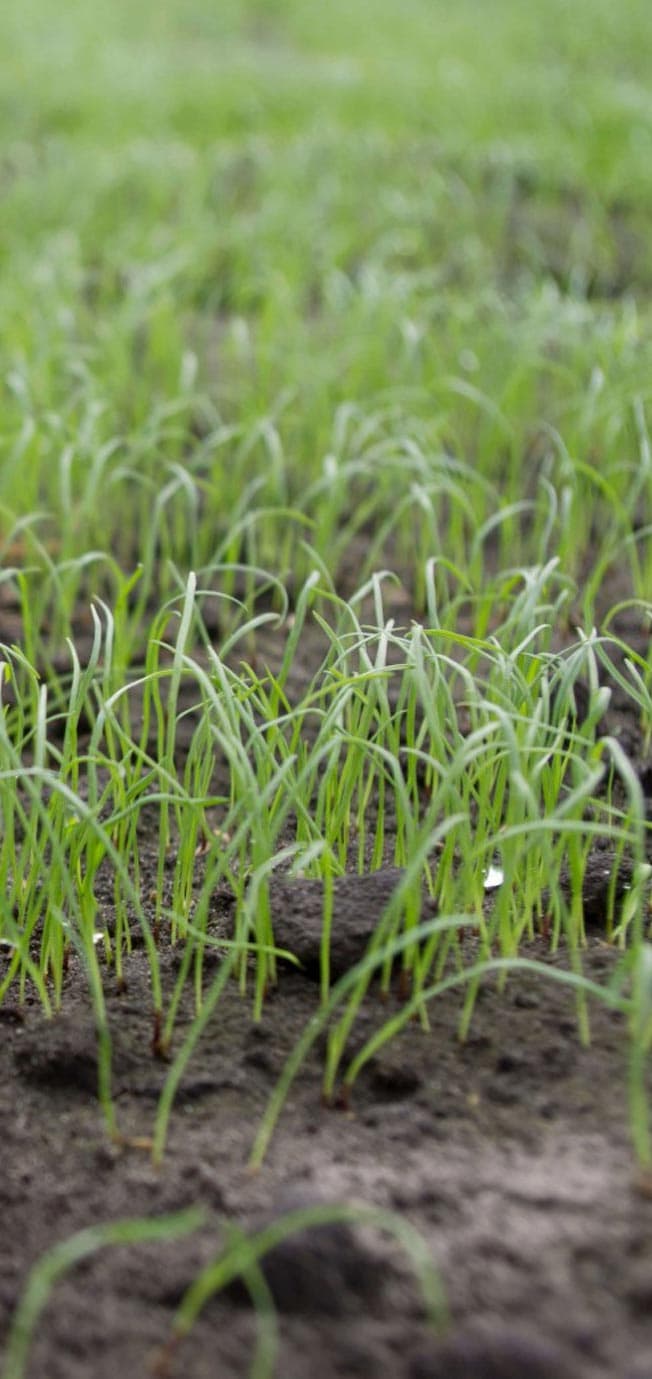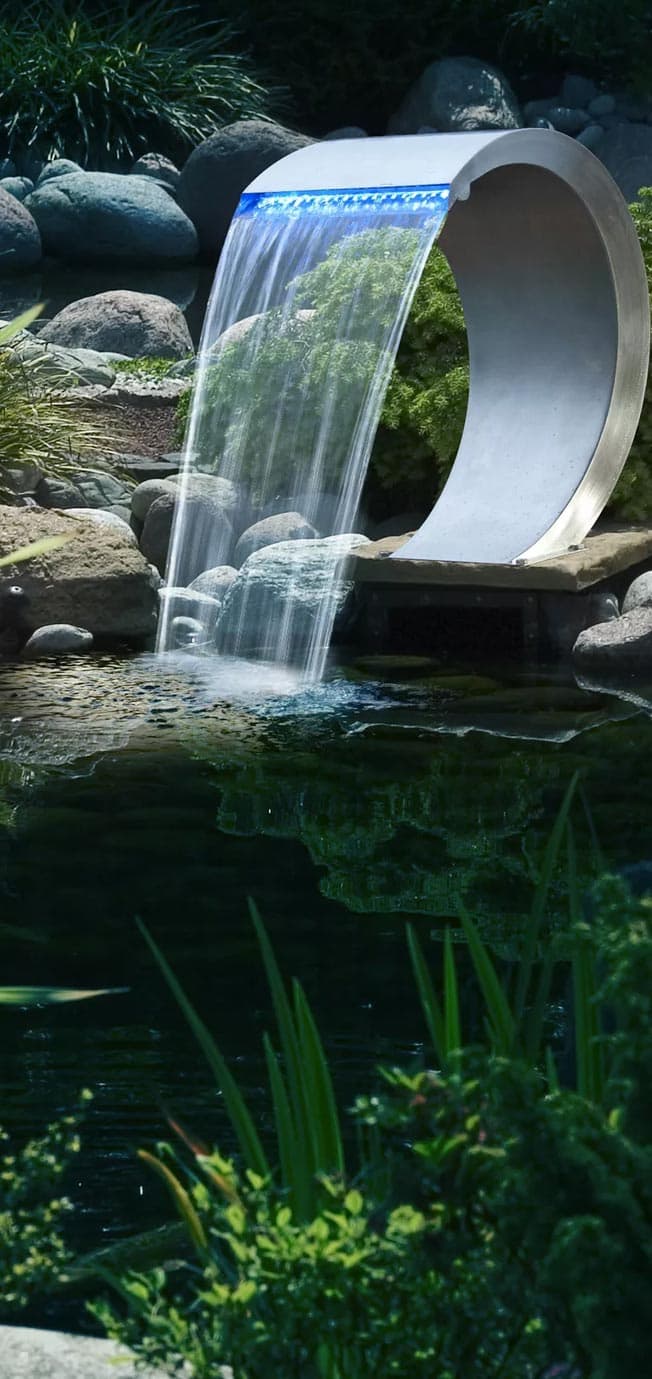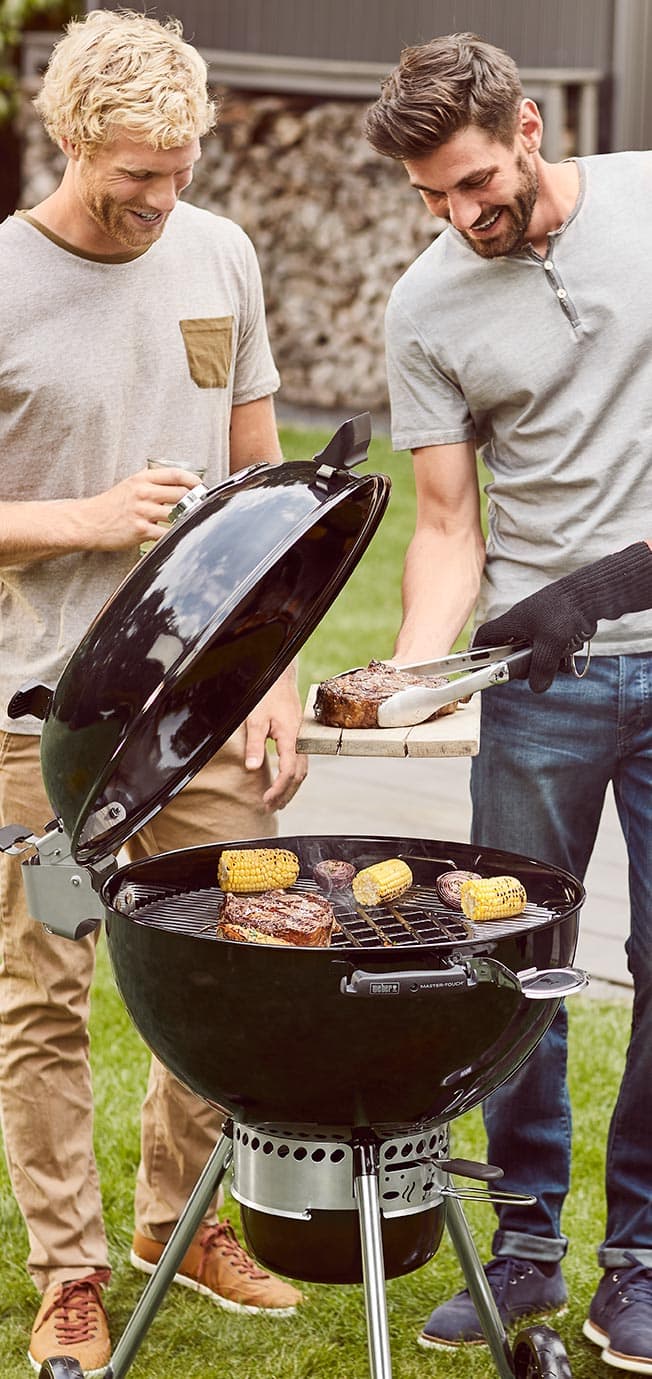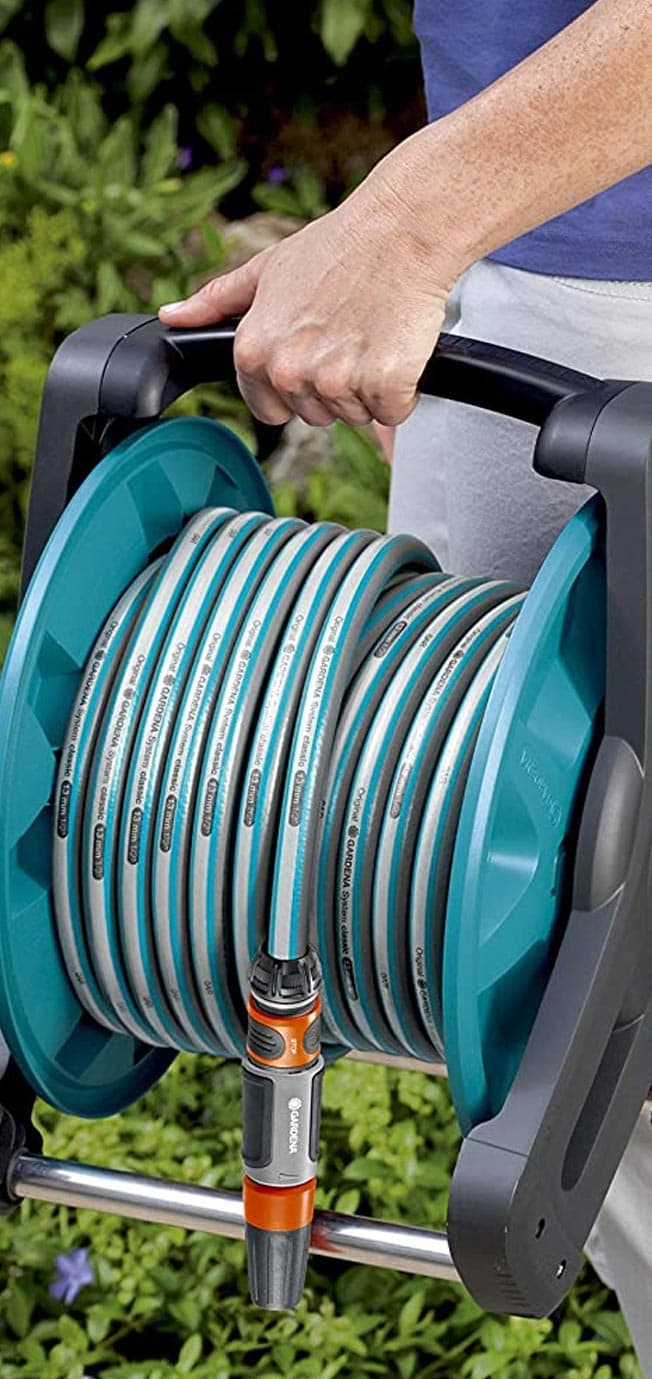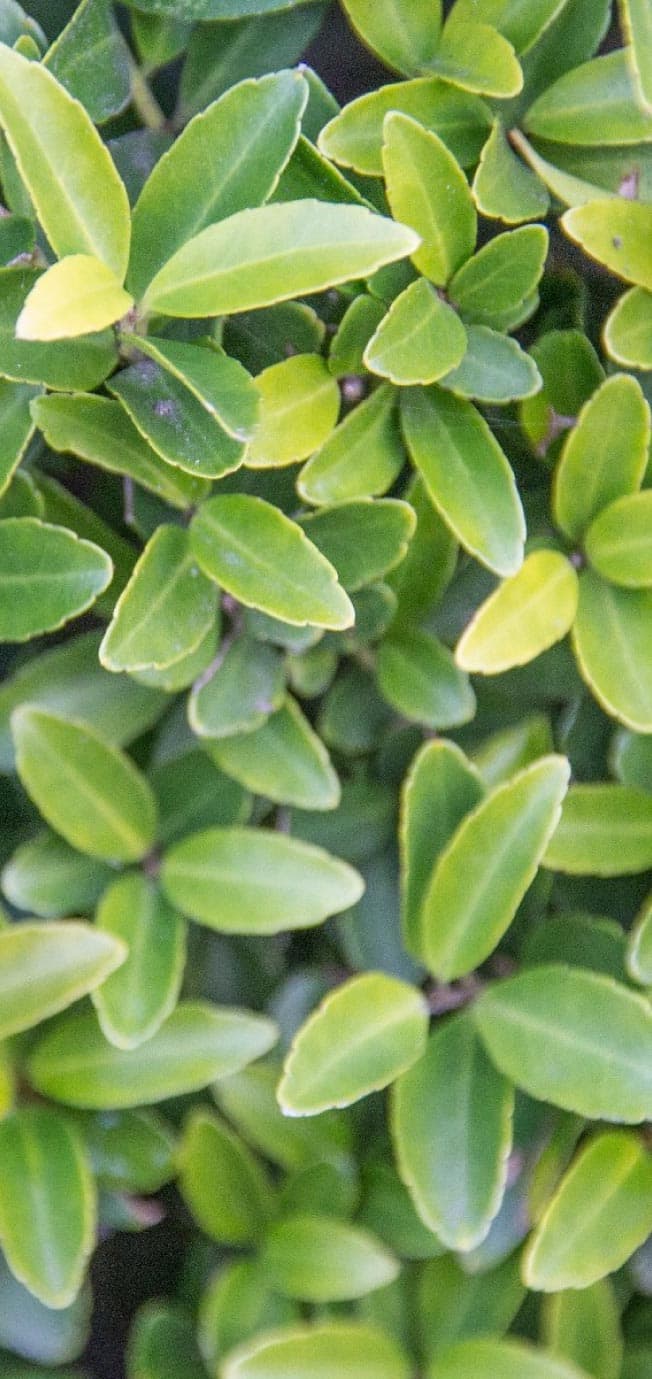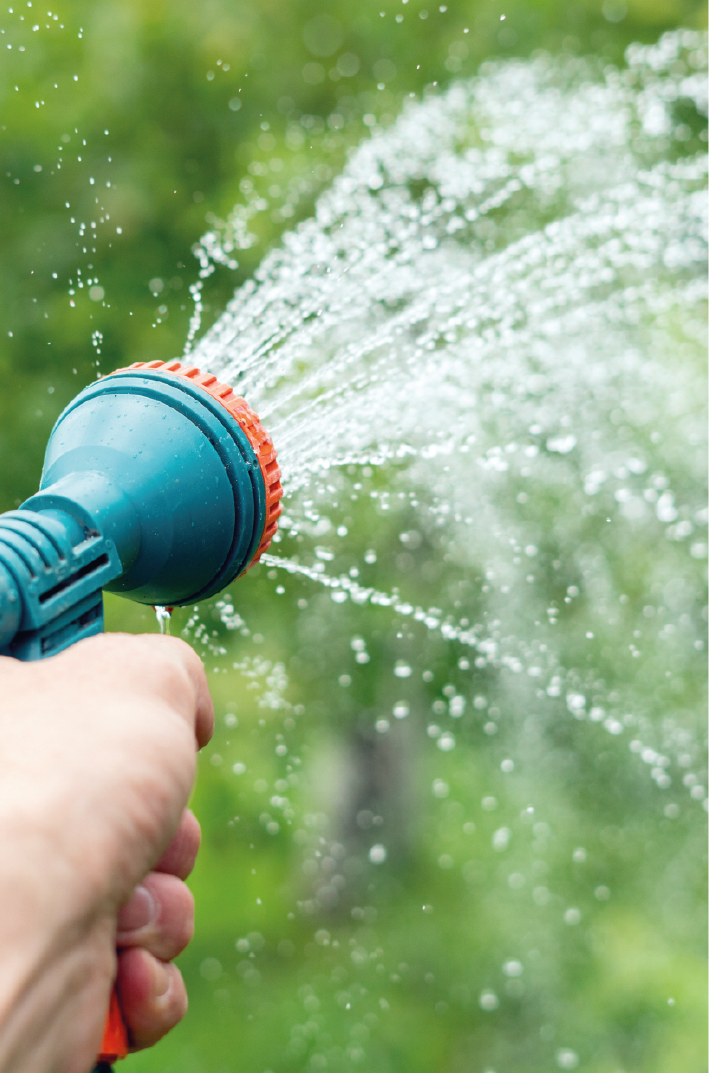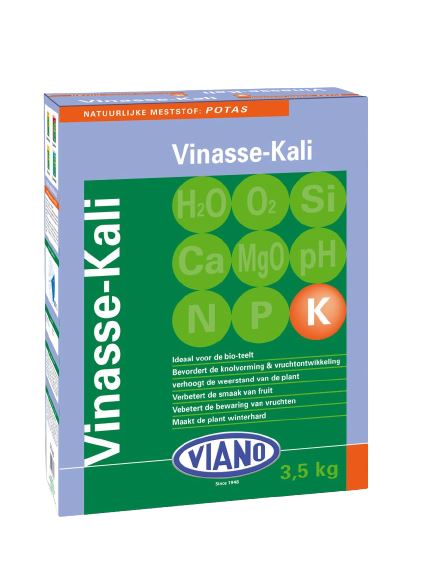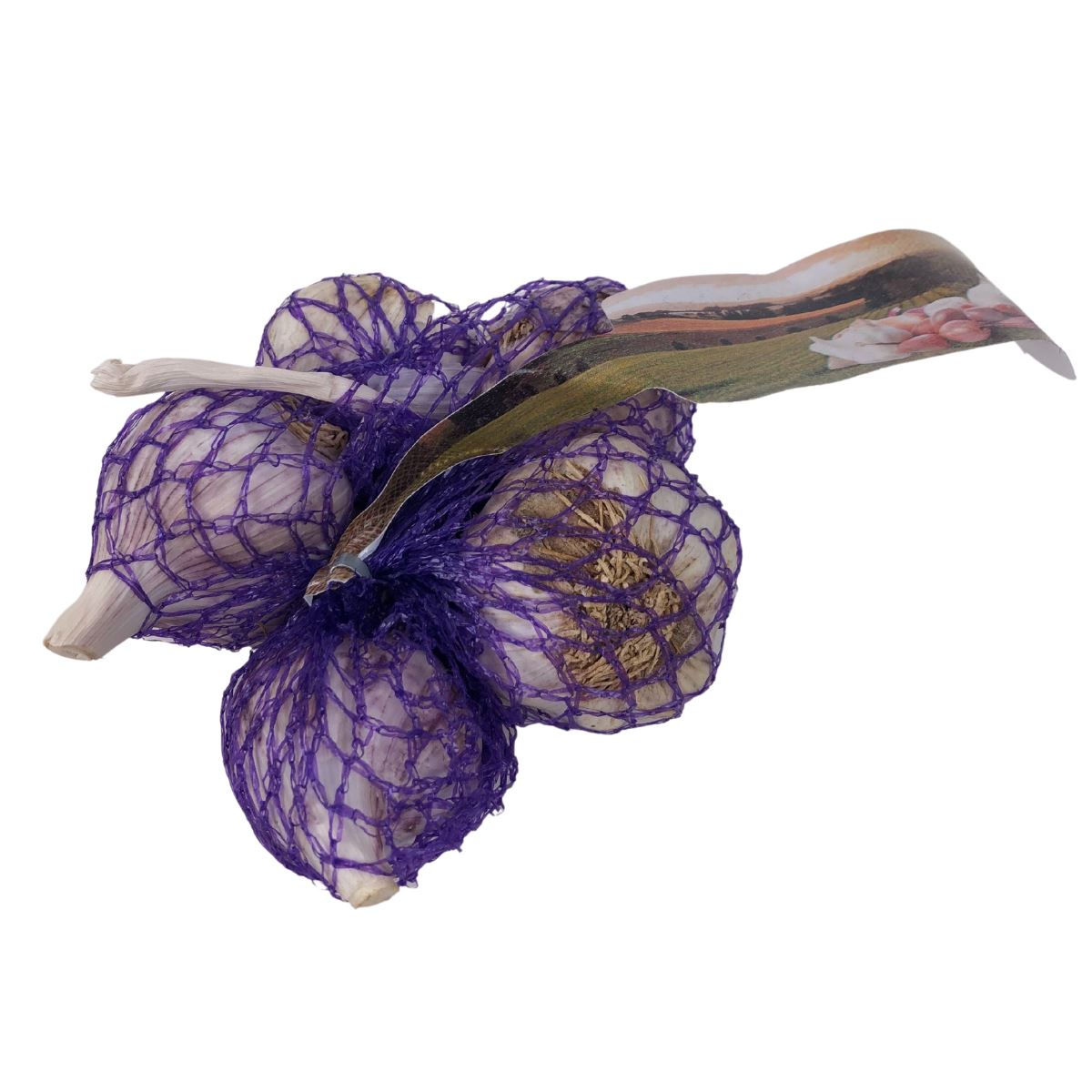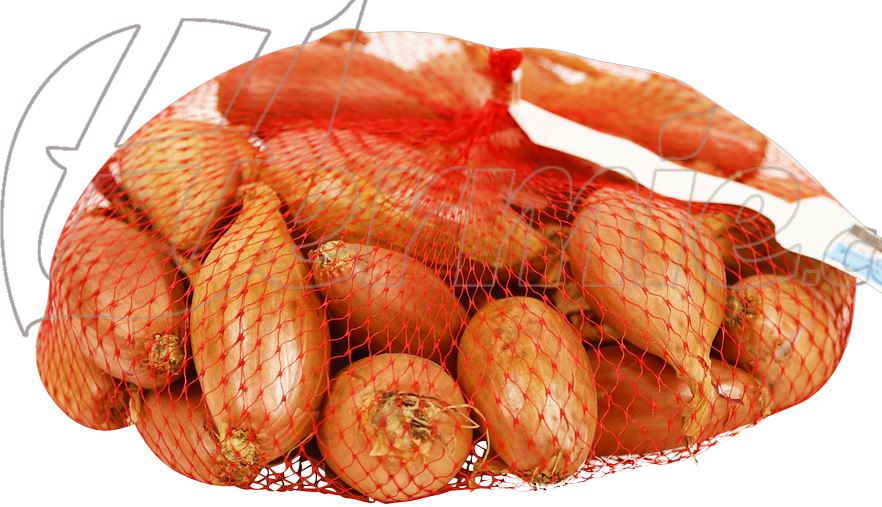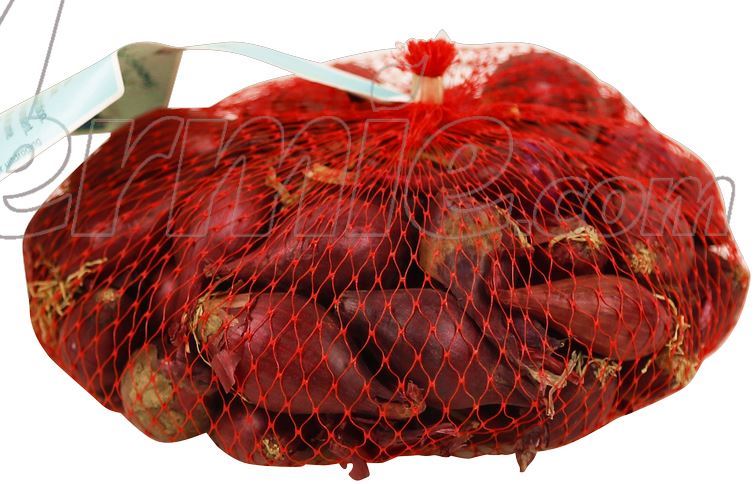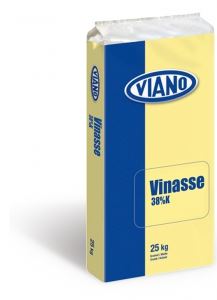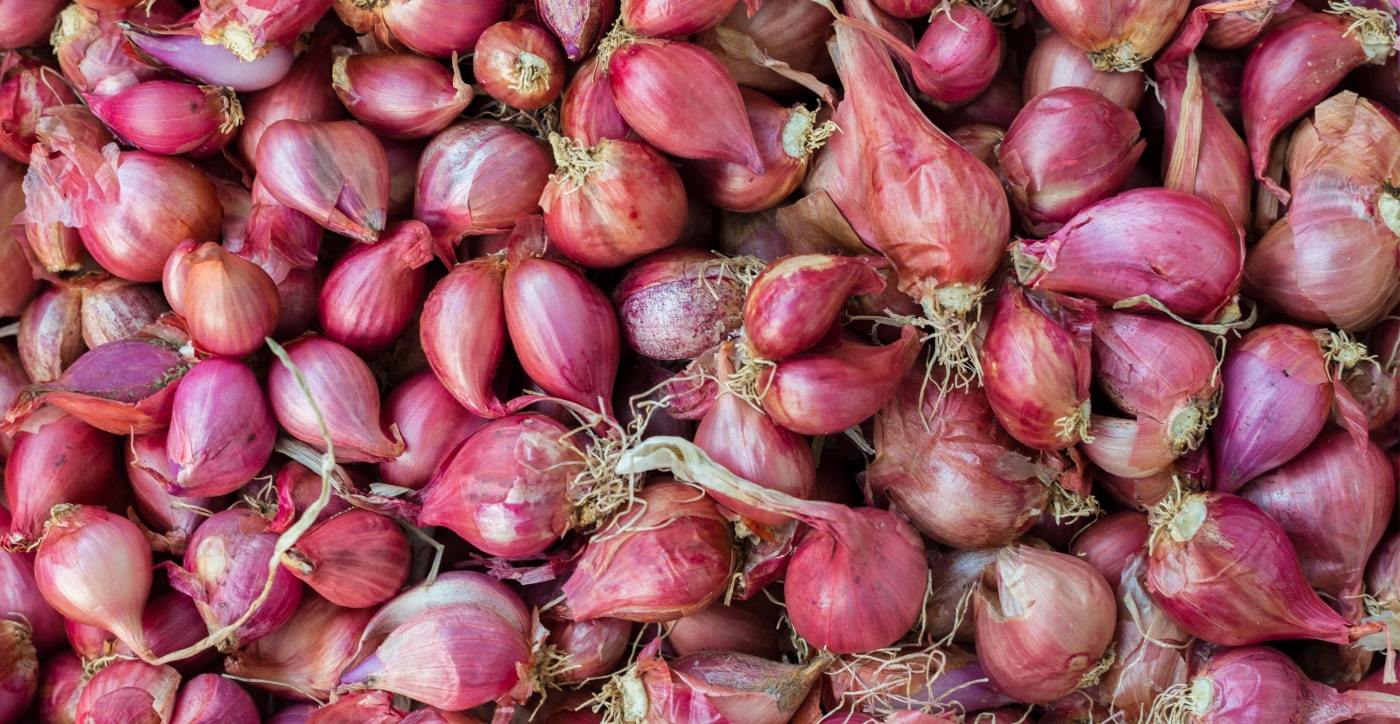
Cultivate your seasonings: onion, shallot and garlic
Onions, shallots and garlic are real sources of flavour in the kitchen. You can also easily grow them yourself and store them for later use in your dishes.
Onions, shallots and garlic are usually planted in spring or autumn. Onion sets grow quickly, can withstand low temperatures and are less prone to disease than the seed variety.
Location & soil
Find a sunny and draughty spot for the onions. The wind will ensure that they dry out well, and that fungal diseases do not get a chance. Seed onions require a heavier and well-drained soil. Onions do not like wet soils, but because of their superficial rooting they may not lack moisture either. Do you have a lighter soil? Then we advise you to choose the better quality onion sets.
After you have chosen a suitable place, you can start planting. Plant the onions in rows 30 cm apart, with a bulb every 15 cm. Push the onions into the soil until the top is level with the soil but the top part of the onion is still just visible. If the soil is lighter, it is better to put the bulbs just below the soil so that the birds do not peck at them. During the growing season, it is advisable to regularly weed and mulch. Hoeing is better not done, because the onions have very superficial roots. Moreover, the odours released by hoeing can attract onion flies. To prevent weeds from forming, you can also grow the onion sets on a ground cloth.
Fertilise
Onions do not tolerate fresh manure or half-digested compost. These also attract the carrot fly, so be careful with this! For lighter soils, it is best to sprinkle some patent or Vinassekali (40 gr/m) to provide the soil with enough potassium. This ensures larger onions, and a better shelf life. Attention: the soil may not contain too much nitrogen. This will lead to more leaf growth while the bulb growth will slow down.
Harvesting & storage
You can harvest the onions as soon as the foliage falls flat and is more than half dry. This is usually at the end of July or beginning of August. During wet periods, and with a nitrogen-rich soil, it sometimes takes a little longer for the foliage to fall. You can then bend the foliage yourself so that the nutrients reach the bulb. However, this will leave an open wound with a greater chance of mould growth as a result. You can also choose to carefully loosen the onions with a spading fork so that the growth is slowed down. After harvesting, spread the onions out in a well-ventilated place or hang them up so they can dry further.
Shallots
Shallots are usually planted from April onwards in rows 30 cm apart, with a bulb every 15 cm. Four to ten shallots will grow on each plant. You can harvest them in July and August when most of the foliage has dried out. Or you can harvest them while they are still green, and eat them with the foliage.
Winter onion & garlic
Would you like to grow onions and garlic yourself but spring is already over? Then you can opt for winter onions and garlic, for example red winter onions Red Arrow. These winter varieties are available from mid-September, and have the added advantage of an earlier harvest period (late May-June). You can harvest the onions even earlier, but then they can be used as spring onions. Make sure not to plant the onions on wet parcels during autumn.
Winter garlic is also highly recommended. The yield in autumn is even higher than in spring. Make sure that you use plant garlic and not leftover garlic from the supermarket. They do not have the same effect.
Garlic not only has a pungent flavour but also has a blood pressure and cholesterol-lowering effect. Garlic cannot be sown but must be planted in the ground or in a pot. The crop requires well-drained soil and a sunny location.
How do you proceed?
Split the bulbs look, and pick the biggest and most beautiful cloves to plant. With a stick, make holes 5 cm deep in the soil every 10 cm. Keep a distance of 30 cm between the rows. Make sure the cloves lie with the point up in the holes before you cover them with soil. Regular weeding is also recommended for garlic.
In the kitchen
There are many types of onions and garlic, each with its own distinctive flavour. But for which dish do you use which variety?
We give you some tips! 👇
- The most commonly used onion in the kitchen is the yellow or brown onion. Raw it has a strong taste but when fried or boiled it tastes sweeter. This is why the yellow onion goes perfectly with roasted (meat) dishes. A good variety for this is for example Sturon (= successor of the Stuttgarter).
- The white onion contains more moisture than the other onion types and has a sharp taste. The flavour of the white onion is most pronounced in Mexican dishes, such as salsa or chilli con carne. It adds a spicy touch!
- Red onion has a milder taste, which makes it perfect to eat raw. The red onion is not only very tasty but also makes your dish immediately colourful. Sprinkle them in a salad or between a homemade hamburger. You can find different varieties in our webshop, including Red Baron.
- The sweet onion is quite soft and has a less pronounced onion taste. You can easily cut them into thick rings for frying or adding to a salad. Because they contain more sugar than their counterparts, they can be caramelised well.
- Shallots are technically not onions. They grow in clusters like garlic but have a mild onion flavour. You can use them in sauces and dressings because they are so easy to chop. Shallots and eggs also make a very good marriage. Our favourite: Longor. This elongated shallot comes from France and has a very rich flavour.
- The spring onion, also known as spring onion or spring onion, has the same looks as leeks. Green at the top and white at the bottom. You can eat both parts. With its fresh taste, spring onion is ideal for adding to your salads. Unlike the other types of onion, you cannot dry them but you have to use them fresh. You can keep spring onions for a week in the fridge.
Any more tips for growing winter vegetables? 👇
- Winter onion in the autumn kitchen garden
- Winter garlic in the autumn kitchen garden
- Planting winter garlic yourself
-
6 tasty autumn vegetables
More info? Receive all our gardening tips directly in your mailbox!
We'll only email you handy facts, green advice and our best promotions & discounts. You'll receive it about once a week and you can unsubscribe at any time. No spam, promise 🤞

